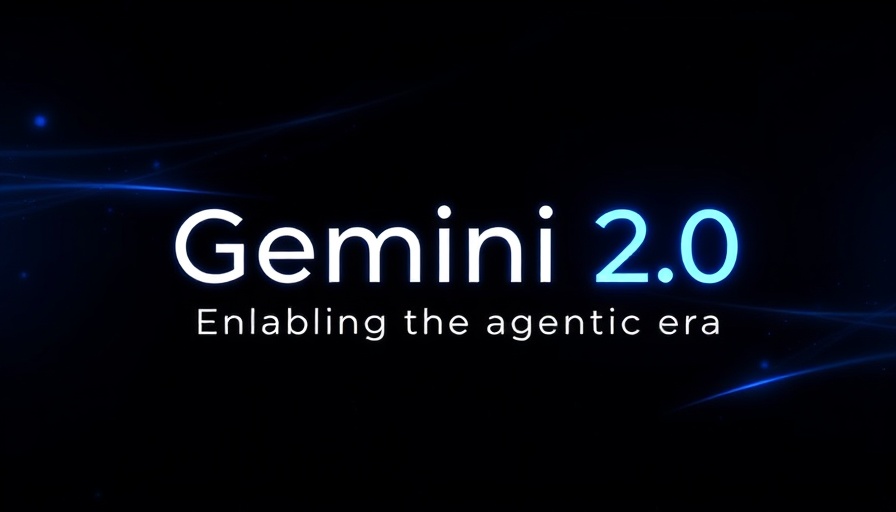
The Rise of AI Image Manipulation
Google has recently unveiled its groundbreaking AI model, Gemini 2.0 Flash, which has garnered considerable attention for its ability to remove watermarks from photos, particularly copyrighted ones like those from Getty Images. This capability not only showcases the evolution of generative AI technology but also raises significant concerns regarding copyright and ethical usage.
How Gemini 2.0 Flash Works
The Gemini 2.0 Flash model features an advanced image manipulation tool that goes beyond simply eliminating watermarks. It fills the void left behind in a seamless manner, blending the surrounding pixels to create a more natural appearance. Unlike many existing tools, Gemini incorporates a subtle watermark of its own—a small blue diamond—indicating the use of AI technology. However, it sometimes struggles with larger and transparent watermarks, a technical limitation that could impact user satisfaction.
The Ethical Dilemma
While the Gemini 2.0 Flash offers innovative capabilities, it also encourages discussions about ethical photography practices. Many users can easily and effectively remove copyrights from images without proper permissions, violating copyright laws that protect original creators. A representative from Google emphasized that tampering with copyrighted images is against their terms of service, which suggests a lack of built-in safeguards to prevent misuse at this stage of the model's development.
A Broader Perspective on AI Tools
Google isn’t the only tech giant exploring the realms of AI image editing. Competitors like OpenAI have voiced concerns about how watermark removal could lead to more substantial copyright infringements. If this trend continues, the art and photography industries could see a significant threat to copyright integrity as generating images and manipulating them using AI becomes easier.
Signals from Users
Feedback from early users highlights both fascination and apprehension. While the allure of free and advanced editing capabilities tempts many, the shadow of copyright infringement lingers. As AI-powered tools become more accessible, it’s essential for users to weigh the ethical implications of their practices and the potential ramifications of their online activities.
The Future of AI in Creativity
The strides made by Google with Gemini 2.0 Flash and similar technologies signal a tremendous shift in how we think about creativity and ownership. As AI capabilities expand, the need for a balanced approach to usage and legislation becomes paramount. Policymakers and developers must engage with stakeholders to foster a creative ecosystem that respects original creators while embracing innovative technology.
Conclusion: Navigating the AI Landscape
As we navigate the evolving landscape of AI below, being mindful of ethics and copyright is crucial. The innovation that models like Gemini 2.0 Flash bring should encourage creativity, rather than undermine the rights of original creators. As a community, we must educate ourselves and others about these issues while harnessing the potential of AI for constructive purposes.
If you're intrigued by the latest in AI feed and want to stay updated on this rapidly changing landscape, consider subscribing to our newsletter for the latest ai news and insights.
 Add Row
Add Row  Add
Add 




 Add Row
Add Row  Add
Add 

Write A Comment